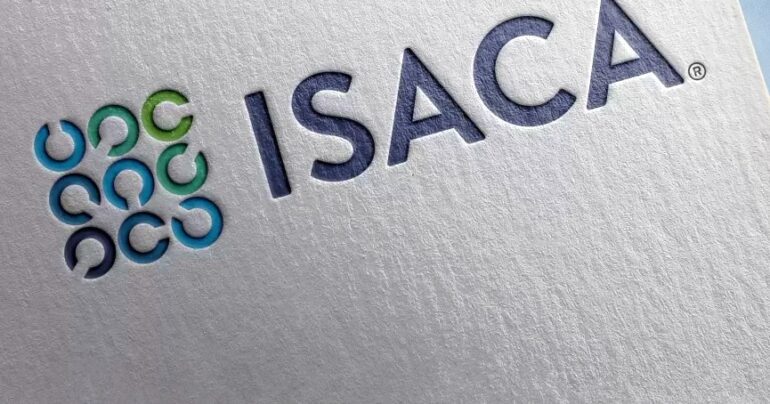TL;DR:
- ISACA addresses generative AI risks in “The Promise and Peril of the AI Revolution: Managing Risk.”
- The guide highlights key risks, including ownership, permission structures, data integrity, and cybersecurity.
- It advocates a four-step approach: Identify AI benefits, recognize AI risk, adopt continuous risk management, and implement robust AI security.
- ISACA provides eight essential AI security protocols and practices.
- Business leaders are urged to prioritize AI infrastructure and governance aligned with ethics.
Main AI News:
As the allure of generative artificial intelligence (AI) applications like OpenAI’s ChatGPT and Google’s Bard continues to captivate the business world, a chorus of cautionary voices within the industry has grown louder. They raise valid concerns regarding the potential risks that accompany this transformative technology. ISACA, a trusted authority in IT governance, risk management, and cybersecurity, has responded with a comprehensive resource, “The Promise and Peril of the AI Revolution: Managing Risk.” In this guide, ISACA not only recognizes the manifold benefits of generative AI but also delves into the dynamic and evolving risk landscape, offering a roadmap for risk professionals to navigate it effectively.
This insightful paper meticulously examines various categories of potential risks that enterprises may encounter when adopting generative AI. These risks include issues related to ownership, internal permission structures, data integrity, cybersecurity, and resilience, all set against the backdrop of broader societal concerns. Given the omnipresence of AI’s impact across industries, organizations are urged to embark on a four-step journey to maximize the value of AI while simultaneously implementing robust safeguards within a continuous risk management framework:
- Identify AI Benefits: Before addressing risks, organizations must fully comprehend and appreciate the advantages that AI brings to the table. This foundational step ensures a balanced approach.
- Identify AI Risk: Vigilantly recognize the potential pitfalls and challenges that AI deployments can introduce. A proactive stance is key to mitigating these risks effectively.
- Adopt a Continuous Risk Management Approach: Embrace a culture of ongoing risk assessment and management. As AI evolves, so must your risk mitigation strategies.
- Implement Appropriate AI Security Protocols: The final step entails putting in place the necessary security measures. ISACA emphasizes that this is not an option but a vital necessity.
Following this structured approach empowers business leaders to strike the delicate equilibrium between risk and reward when integrating AI tools and processes into their operations. Furthermore, ISACA’s paper breaks down these four steps into an actionable plan, presenting eight essential protocols and practices for establishing robust AI security programs:
- Trust but Verify: Maintain a stance of trust in AI while continuously verifying its performance and security.
- Design Acceptable Use Policies: Craft clear and comprehensive usage policies to govern AI’s deployment within your organization.
- Designate an AI Lead: Appoint a dedicated individual or team responsible for overseeing AI initiatives, ensuring accountability and coherence.
- Perform a Cost Analysis: Understand the financial implications of AI implementation, factoring in both the benefits and risks.
In the words of Jason Lau, Chief Information Security Officer of Crypto.com and ISACA Board Director, “While some leaders may prefer to delay the adoption of AI tools, doing so poses a significant risk to your organization. AI risk isn’t a mere precaution; it’s an imperative. Leaders must prioritize the establishment of the right infrastructure and governance processes for AI, aligning them with core ethical principles sooner rather than later.”
Conclusion:
The proliferation of generative AI presents both immense opportunities and formidable challenges for businesses. ISACA’s comprehensive guide equips organizations with a strategic framework to harness the benefits of AI while safeguarding against potential risks. By following the prescribed steps and implementing essential security protocols, businesses can confidently navigate the evolving AI landscape, ensuring long-term success and ethical alignment in this dynamic market.

